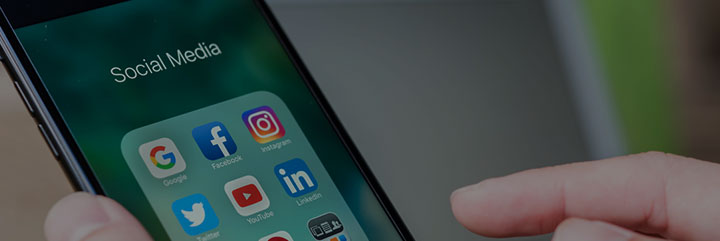KaH: Brand Safety
Advertising has always been part of the cultural zeitgeist. But today, brands must always be aware of social issues. This is due to the breakneck speed at which social media and online platforms move. The cost of ignorance can be swift and severe. Negative brand adjacency doesn’t just damage a brand’s reputation. It can have a direct impact on its bottom line as well. Read More.



